Religious influences
In Russia the Russian Orthodox Church used to determine popular eating habits; at least until the start of the 20th century. The church made virtue of economic necessity and divided foods into two groups. For half the days of the year only Lenten fare was permitted: fish, vegetables and mushrooms. On the remaining days meat, milk and eggs were allowed. Result: a large number of simple, versatile and filling dishes.Recent Changes
Industrialisation bought peasants to towns and saw middle class cooking influenced by cosmopolitan ideas. Then there was the affect of the eating habits of the Royal Courts which filtered down the aristocracy to the bourgeoisie. They employed French chefs and Russians began to ‘Frenchify’ their own cooking – lots of butter, cream and garlic. But the patriotic palate has always preferred the traditional breads, grains and soups. Now for the classic dishes...Bliny
Bliny (pancakes) are an indispensable part of Russia’s culinary tradition. They’re eaten in huge quantities during Maslenitsa, the week before the Lent, when it was also a pagan tradition to eat them to celebrate the arrival of spring. During the rest of the year, bliny are never far away, and any restaurant serving Russian food has at least a few varieties on the menu. Bliny are typically served as an entree, although they are put together with just about everything. The most popular accompaniments are varenie (chunky, sweet fruit preserve) or honey, for sweet bliny, and for savoury tastes: sour cream, caviar or herring.Borshch and shchi
The stoves in traditional village farmhouses used to be so big, people actually slept on them. This slow heat was ideal for simmering dishes like soups - which may explain why soup is the cornerstone of almost every Russian meal. Meat was a rare treat for your average Russian peasant; so most traditional soups are vegetable-based, including shchi (cabbage) and borsch (beetroot). To add some richness, Russians like to dollop a spoonful of sour cream into their soups.Gourmet porridge
The simplest of all dishes is perhaps kasha (porridge). This is not just your average oatmeal. Russians make kasha from oats, wheat, rice, barley and rye flakes, and they eat it for breakfast, lunch or dinner. It is commonly served with varenie (a chunky jam preserve) or honey, but kasha with fresh melted butter is also delicious. Traditionally, kasha was also served with meat, mushrooms and other savoury additions.Pickling
Pickling traditions, which have been somewhat lost in the West, are alive and well in Russia. Russians don’t just pickle mushrooms; they’ll salt and soak anything they think will last the winter, including tomatoes, cucumbers, peppers and garlic, even watermelons! In the days before Russia imported bananas from Guatemala, fresh fruit and vegetables weren’t available for the greater part of the year. Pickling is an economic way to keep food for the long winters.Still, even today, most homes have at least a few giant pickle jars stashed away somewhere. You can sample a variety of pickles at Moscow’s fresh-food markets, just follow your nose.


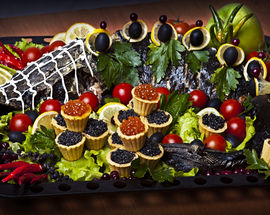
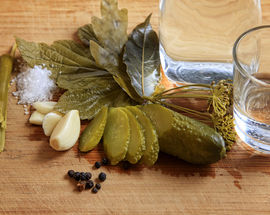
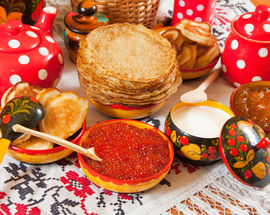
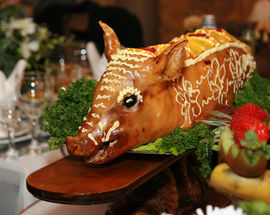
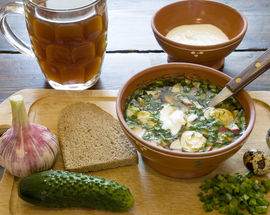
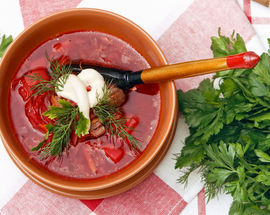
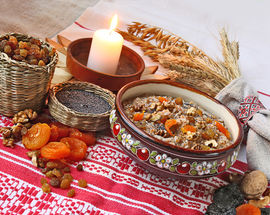
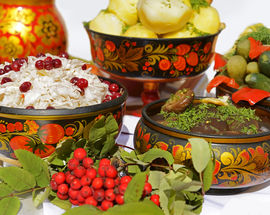
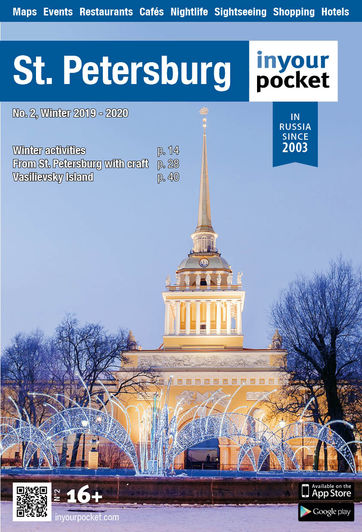


Comments